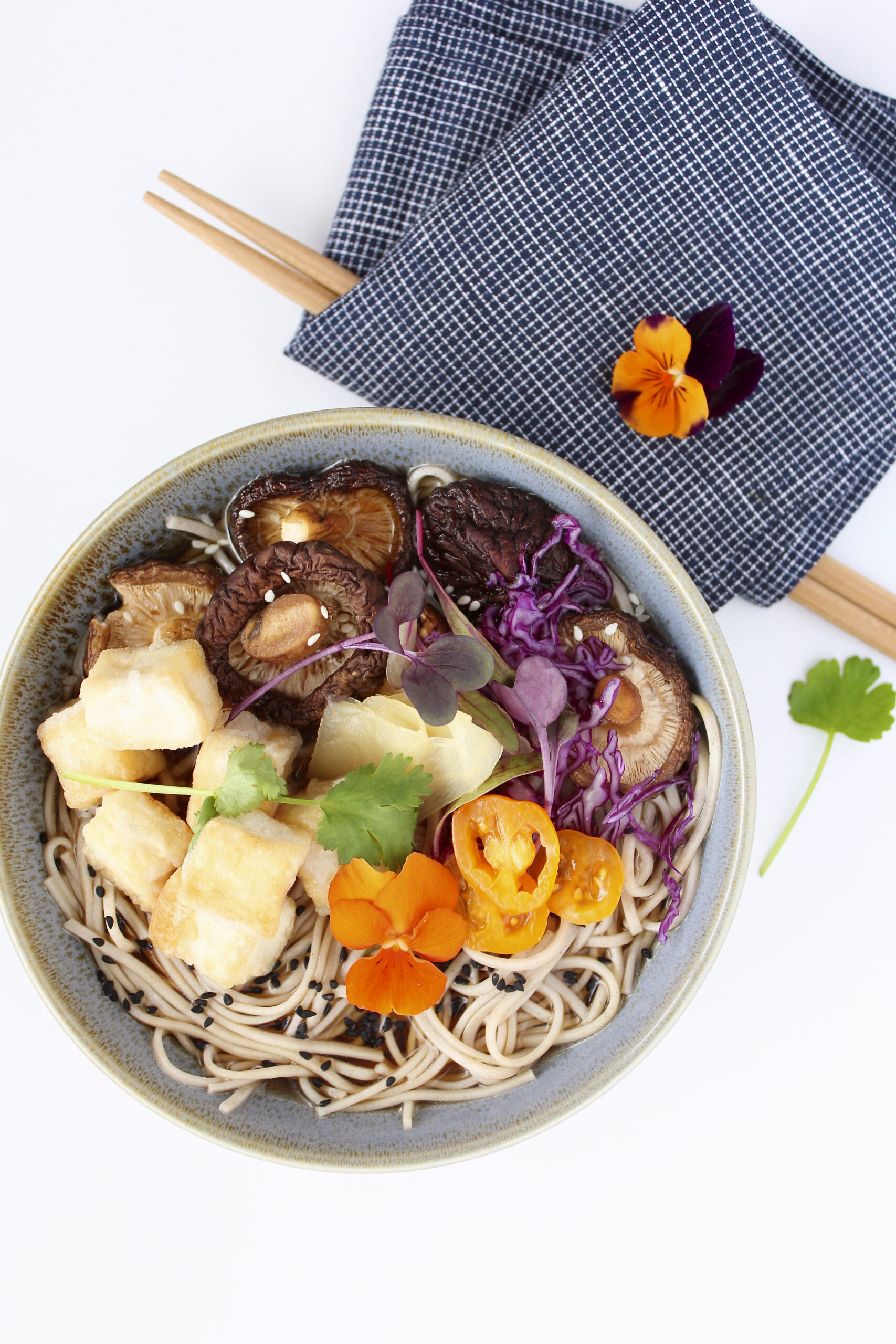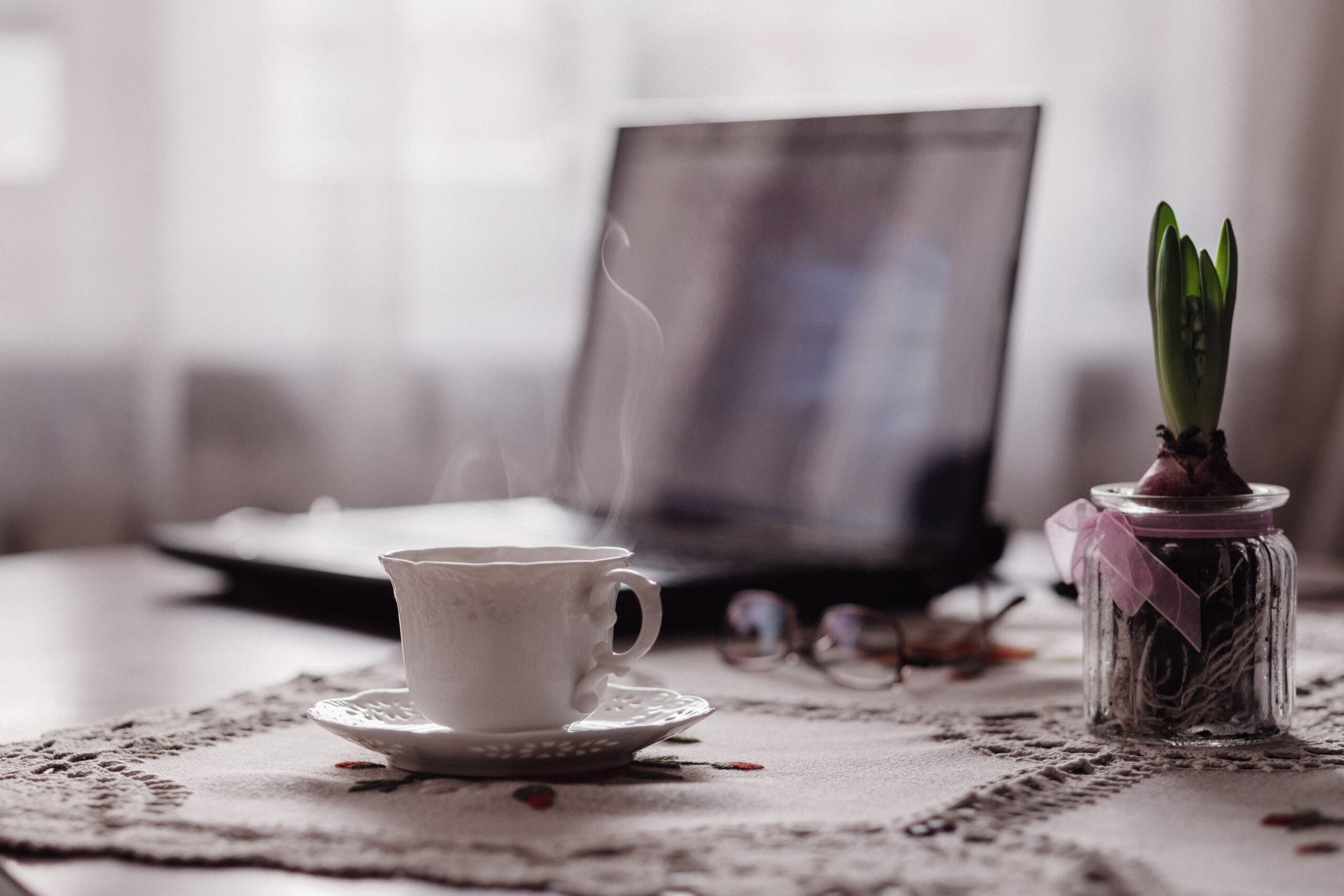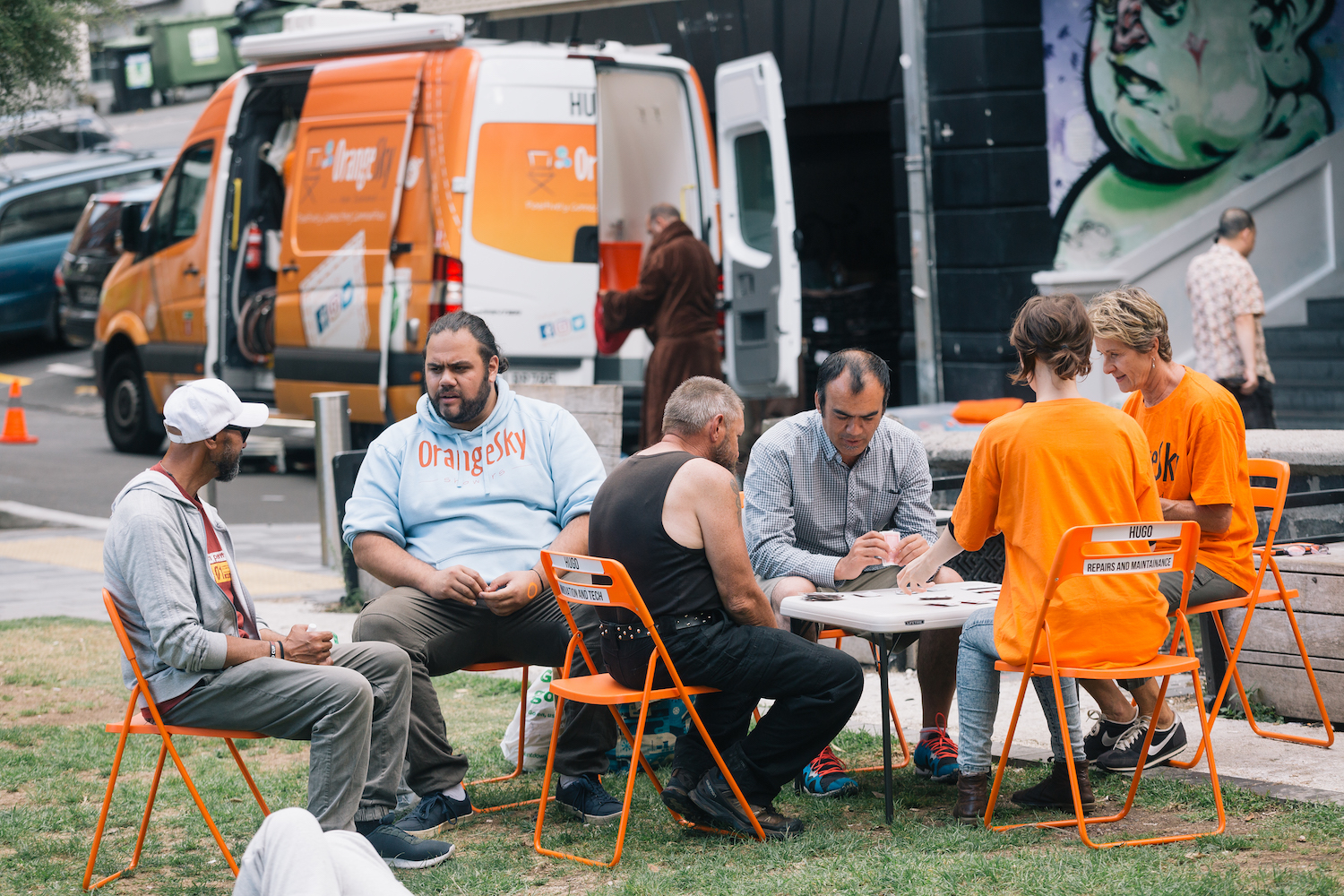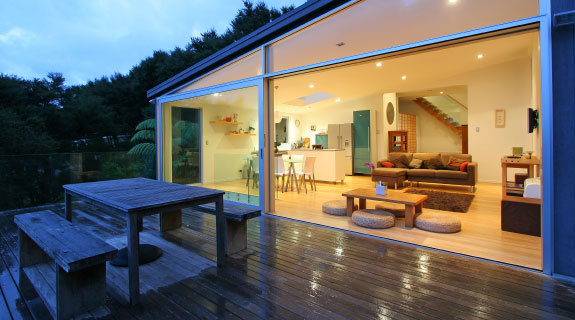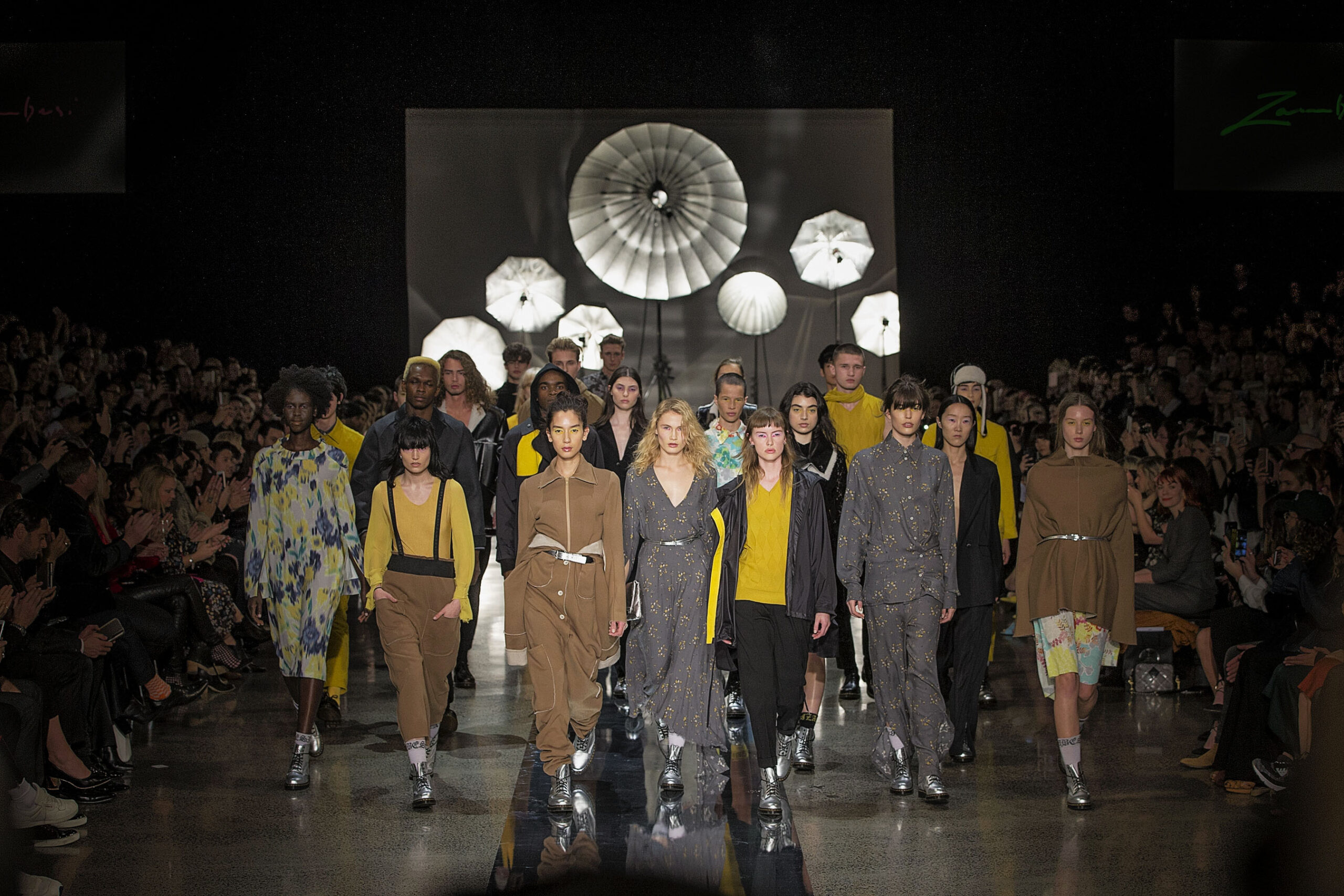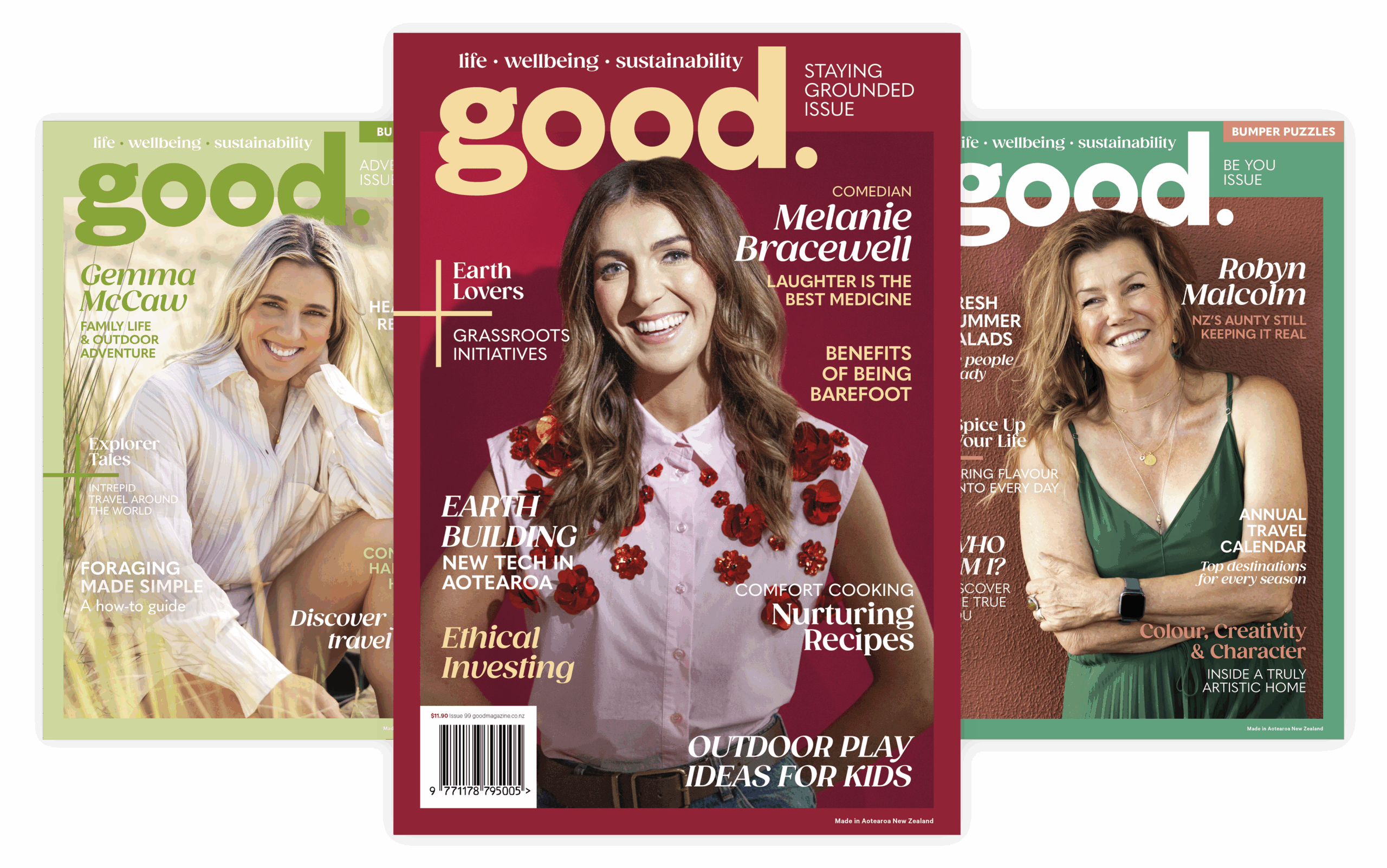From issue 58.
Japanese cuisine is one of my all-time favourites: it’s clean, simple and beautifully presented. The crispy tofu adds something special and the tomato in the dashi gives it a whole other depth of flavour.
Crispy Tofu
1 packet tofu, drained, cubed
2 tbsp cornstarch
Shiitake Dashi
1½ cups dried shiitake
2 roasted nori sheets
½ cup sundried tomatoes
2 tsp crushed garlic
2 tsp crushed ginger
½ tsp chilli flakes
2 litres water
¼ cup tamari
1 tbsp sesame oil
½ onion, chopped
coriander stalks
1 packet soba noodles, or konjac noodles if you are gluten intolerant
1 cup thinly chopped purple cabbage
Garnish
1 spring onion, thinly sliced, green part only
sesame seeds
pickled ginger
Bring dashi ingredients to the boil and reduce to a simmer for 15 minutes. Strain and reserve the shiitake for serving. Coat tofu cubes with cornstarch. Shallow fry in coconut oil until crispy and golden. Set aside on a paper towel.
Serve dashi in bowls, topped with shiitake, crispy tofu and garnishes.
Sarah Tanner is a busy mum, entrepreneur and passionate vegan. Her mission is to help people see that being a little more vegan is not only possible, but delicious! Recipe creator, stylist and photographer, Sarah is a one-stop-shop for all things vegan. See more at sarahtanner.co.nz


